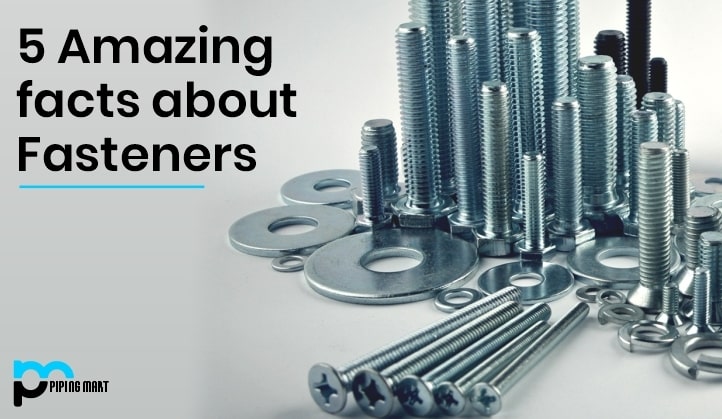It’s still a pleasure to know something different or fascinating about a subject that you figured you understood everything about. Okay, fasteners are fairly cut and dried, correct? Read on for some information regarding fasteners which may confuse you!
Fact 1
If you’ve ever created a part with a tapped location, you may have wondered, how many threads do I need to closely connect together? The truth is, it depends, but at most it’s six. Since bolts expand slightly when load is added, each thread is charged differently. Once a tensile load is applied to a threaded fastener the first thread at the connection point earns the full load ratio. The load on each thread from there reduces as seen in the table below. External threads after the sixth don’t distribute the load any further and won’t reinforce the connection.
Fact 2
There is a widespread misunderstanding that the head cap screws (SHCS) of black-oxide alloy steel socket are ‘grade 8.’ This is claimed that grade 8 fasteners are so common that all high intensity fasteners have been synonymous with the name. Technically speaking, a fastener must follow market requirements for specific characteristics to be deemed ‘grade 8.’. The rating of ‘class 8’ is incompatible with three of the most significant physical properties of SHCS: tensile tension, stiffness and labeling on the bolt handle. SHCS is significantly better than ‘level 8’ and has much in common with Grade 9 fasteners.
Fact 3
When fatigue loading is applied to a bolted attachment, you want to tighten the bolt for optimum strength up to its yielding level. A bolt can undergo zero load shift if the tensile force added is greater than the compressive intensity of the attachment. Therefore, a firmly fastened attachment is best adapted to handle the load of fatigue than a loose link since the bolt itself does not experience the load of fatigue, only the continuous stress exerted by the clamping of the joint. You should look up the required torque for a given form of fastener in a table like the one shown here to insure that the attachment is properly fastened. If the torque applied is important to the operation, make sure that the prescribed torque is added to the bolt tip, rather than the nut. Torque of the nut may contribute to various nut factors which will adjust the torque required to achieve proper preload.
Fact 4
Have you ever seen a 2A or 3B ranking fastener, and wondered what it meant? The combination number-letter is used to denote the fastener’s thread type. Such scores are clearance fits meaning they are installing without interruption. Classes 1A and 1B are seldom used, however when fast assembly and disassembly is a requirement they are a reasonable option. The 2A and 2B classes are the most common thread types, since they provide a good price-quality balance. 3A and 3B are better used in applications where near tolerances and a good link are needed. Socket cap and screws designed for sockets are typically class 3A.
Fact 5
All fasteners usable for either coarse or fine fabric, and each alternative has its own distinct advantages. Fine threaded bolts have greater stress areas than coarse bolts of the same width, so pick a fine thread for better strength if you are constrained to the scale of the bolt due to dimensional constraints. Even fine threads are a safer alternative for threading a thin walled part. You tend to use their larger amount of threads per inch because you don’t have a lot of space to deal with. Fine threads often enable for greater precision of change by allowing further rotations to travel linearly.
At the other hand, loosely threaded bolts are less prone to be cross threaded during design. We do allow faster assembly and disassembly, so pick these when you need to reassemble a part frequently. If threads are exposed to rough environments or contaminants, preference should be given to a strongly threaded fastener for thicker placement or coating.

Pipingmart is B2B portal specializes in industrial, metal and piping products. Also, share latest information and news related to products, materials and different types grades to help business dealing in this industry.




